While most of Earth’s biological wonders lie above ground, a complex and thriving ecosystem exists beneath our feet, teeming with life. These underground ecosystems, often overlooked, play a crucial role in sustaining life on Earth, affecting everything from plant growth to climate regulation. Dive into the mysterious, unseen world that lies beneath the surface and discover the fascinating dynamics at play in these subterranean environments.
The Foundation of Life: Soil Health
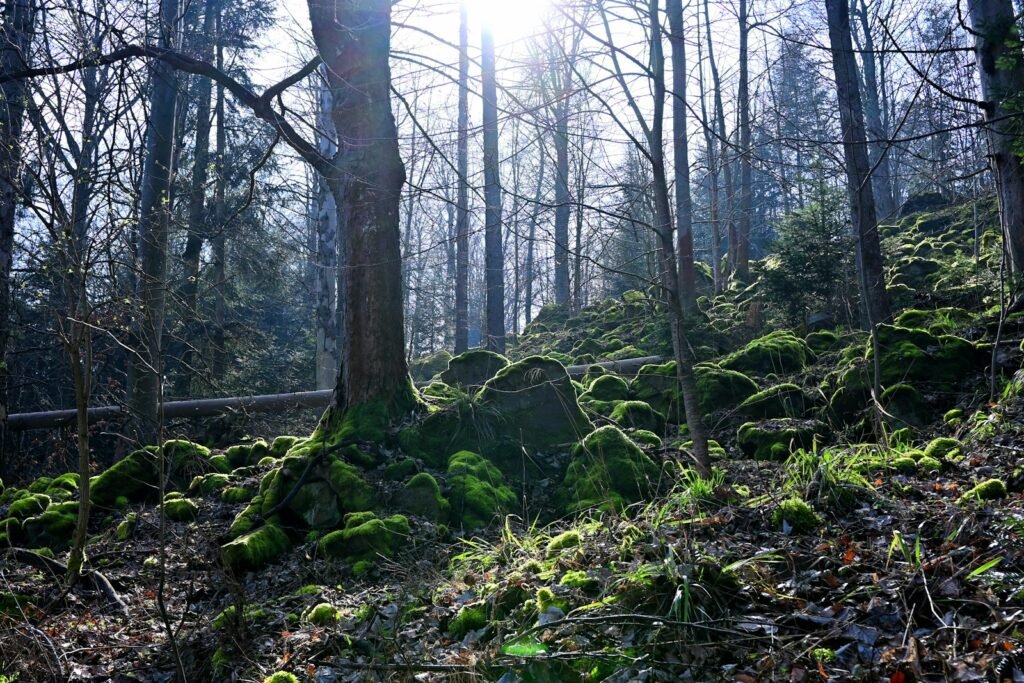
Healthy soil is the cornerstone of underground ecosystems. It is home to a plethora of microorganisms, including bacteria, fungi, and archaea, which are critical in decomposing organic matter and cycling nutrients. These microorganisms form symbiotic relationships with plants, ensuring nutrient exchange essential for growth and survival. Understanding soil health is vital for comprehending the broader impact on above-ground ecosystems.
Fungi: The Silent Network

Fungi play a pivotal role in underground ecosystems, often referred to as the “silent network.” Their root-like structures, mycelium, spread extensively through the soil, connecting individual plants and facilitating communication and nutrient sharing. This intricate web, known as the mycorrhizal network, supports plant communities and enhances their resilience to environmental stressors.
The Architects: Earthworms
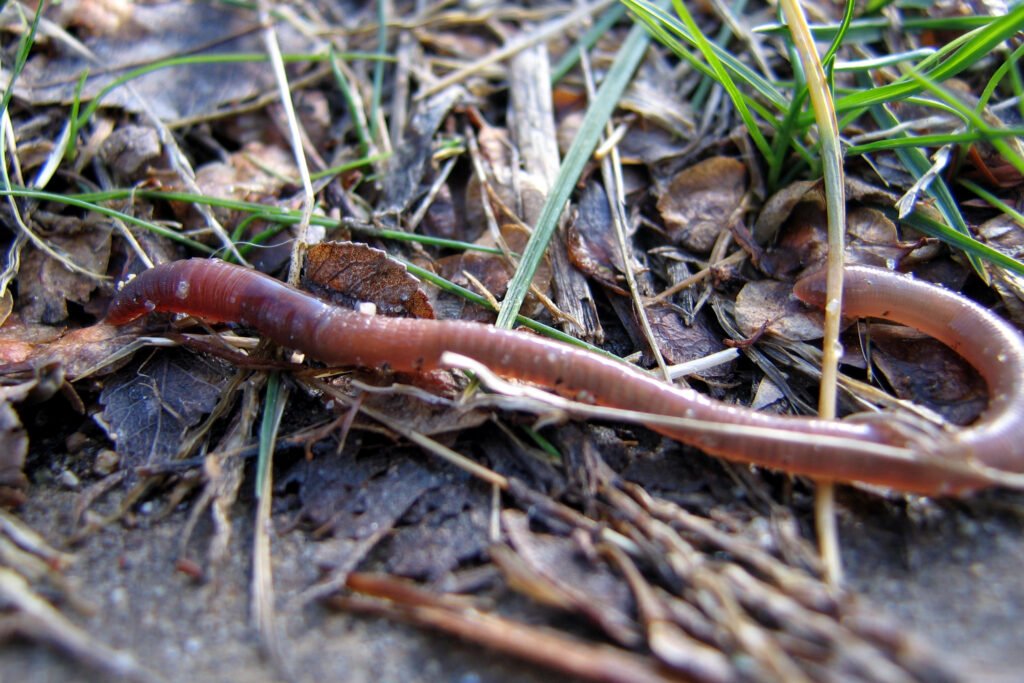
Earthworms are among the most well-known inhabitants of underground ecosystems. These little architects modify the soil structure by burrowing, aiding in aeration and water infiltration. Their activities help decompose organic material, turning it into nutrient-rich castings that benefit plant life and further enrich the soil environment.
The Microscopic World: Bacteria and Archaea

Bacteria and archaea are the powerhouses of underground ecosystems, driving essential biochemical processes. These microorganisms are involved in nitrogen fixation, decomposition, and carbon cycling, contributing to soil fertility. Their metabolic activities create microhabitats, influencing the distribution and abundance of other soil-dwelling organisms.
The Resilient Survivors: Nematodes
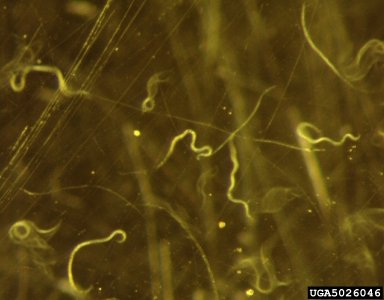
Nematodes, or roundworms, are microscopic soil inhabitants known for their resilience and diversity. They play various roles in the ecosystem, from acting as decomposers to being predators of other soil organisms. Nematodes help control population dynamics and contribute to nutrient cycling by breaking down organic matter.
The Role of Underground Ecosystems in Carbon Cycling
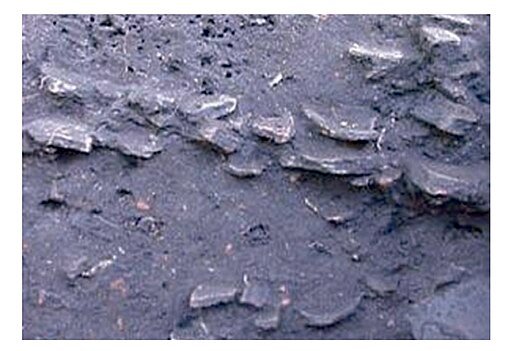
Underground ecosystems significantly impact global carbon cycling. Carbon stored in soil organic matter is one of the largest terrestrial carbon reservoirs. Through processes like decomposition and photosynthesis, soil organisms influence carbon fluxes, impacting climate change dynamics. Preserving soil health is crucial to maintaining this delicate balance.
The Importance of Biodiversity Below Ground

Biodiversity in underground ecosystems is as important as that above ground. A diverse soil community enhances ecosystem functions like nutrient cycling, disease suppression, and resilience to disturbances. Protecting and promoting below-ground biodiversity is vital for sustaining healthy and productive ecosystems globally.
The Impact of Human Activities

Human activities, such as agriculture, urbanization, and pollution, heavily impact underground ecosystems. Practices like over-tilling, pesticide use, and industrial waste can disrupt soil health and biodiversity, leading to poorer ecosystem services. Adopting sustainable practices is key to preserving these hidden ecosystems.
Restoration and Conservation Efforts
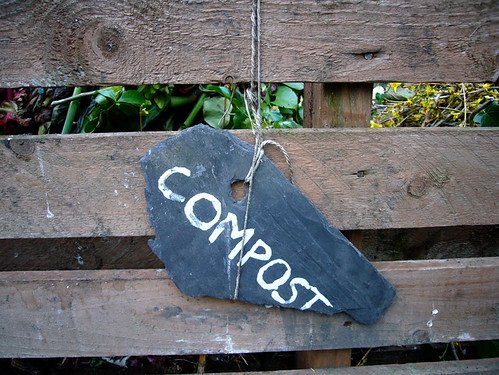
Efforts to restore and conserve underground ecosystems focus on improving soil health and promoting biodiversity. Techniques such as no-till farming, cover cropping, and organic composting aim to reduce soil disturbance and enhance nutrient content. Conservation policies and practices must address the interconnectivity between above and below-ground ecosystems.
Conclusion
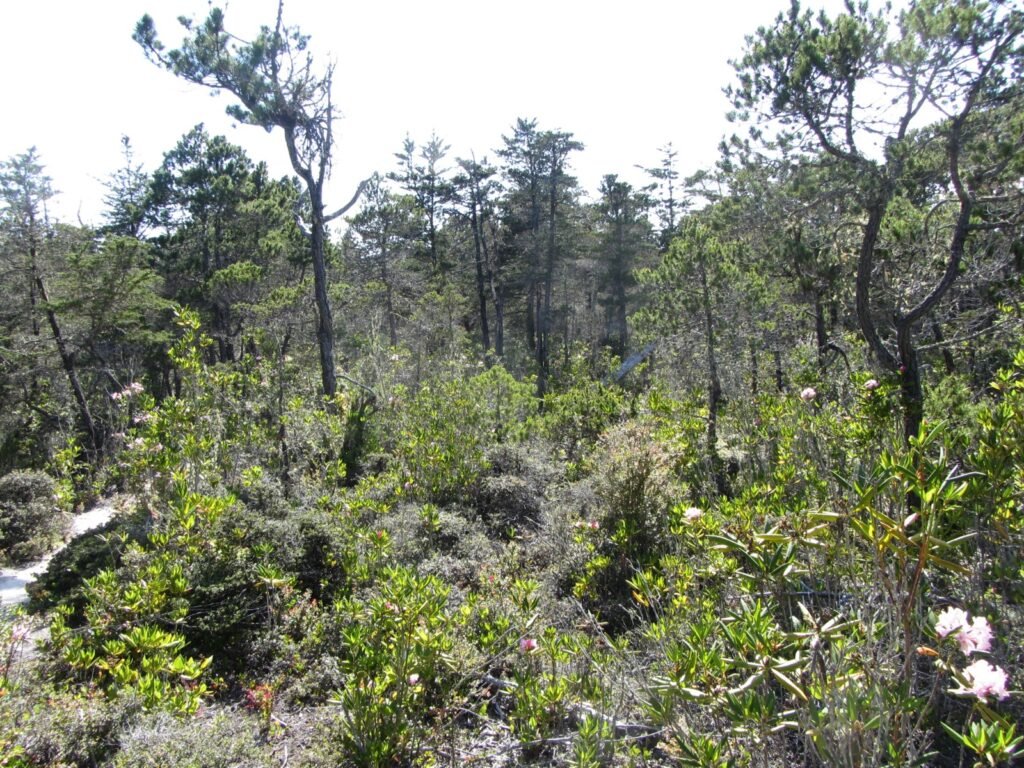
The hidden world of underground ecosystems reveals a landscape teeming with life and complexity, essential to Earth’s ecological balance. Recognizing and valuing these subterranean habitats highlights the need for their conservation and sustainable management. We must remain stewards of the unseen, ensuring these ecosystems continue to flourish and support the intricate web of life that depends on them.




